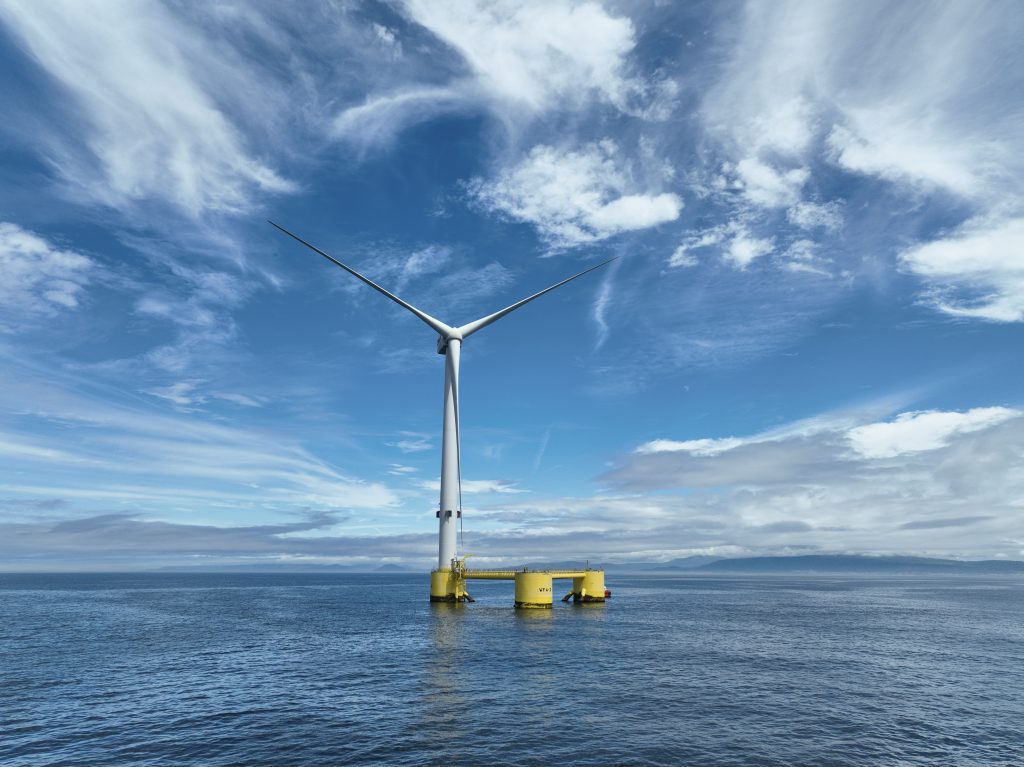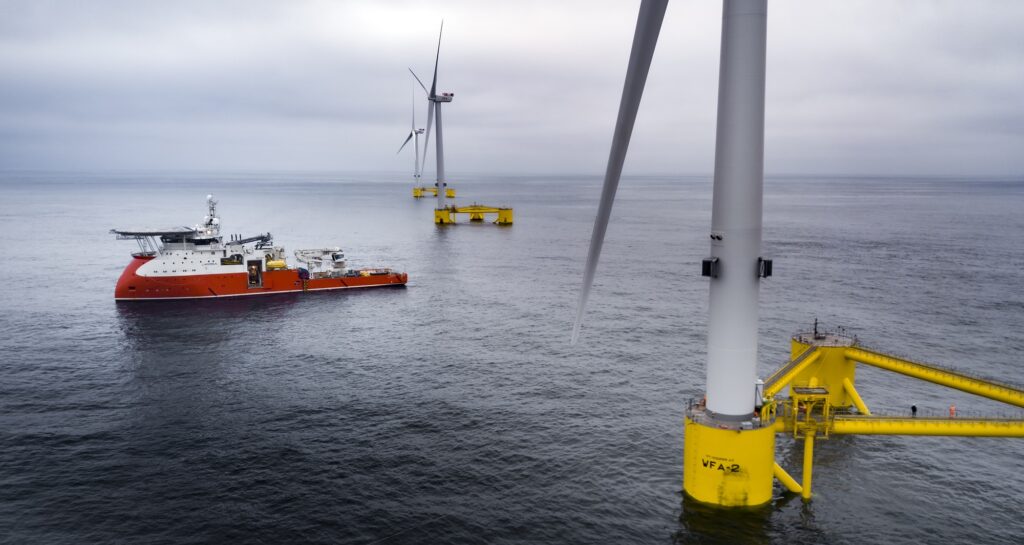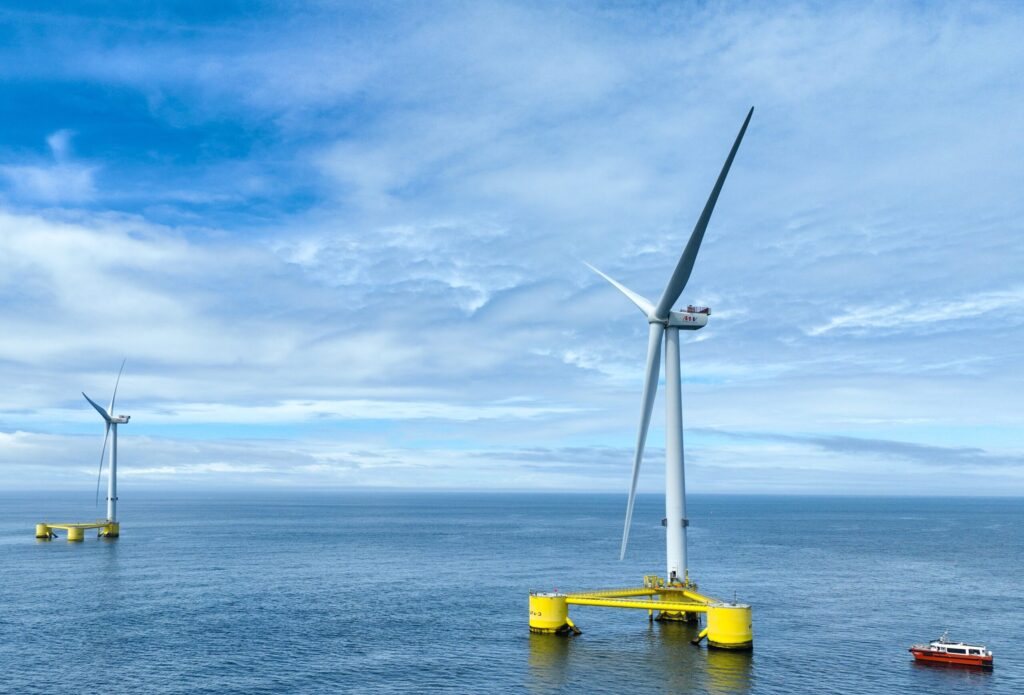Floating offshore wind (FOW) projects will face additional inspection and maintenance challenges compared to conventional bottom fixed wind projects due the nature of FOW technology, the increased project distance from shore, and the harsher weather conditions this implies.
To address some of these challenges, remote and autonomous systems (RAS) could be applied. The capability of these technologies is continually improving, and some have already been applied in the adjacent industries of bottom fixed wind and oil and gas. The aim of this project was therefore to determine the potential for RAS application in FOW construction, operations and maintenance.
To achieve this aim, three research questions were formed:
- Which floating wind project activities could present suitable use cases for RAS application?
- What remote and autonomous technologies currently exist which could be used on FOW projects, and what are some key considerations in their application?
- What are the potential impacts and benefits of using RAS compared to conventional methodologies?
To address these questions, this report presents the findings of research performed via literature review, assessment of ORE Catapult internal knowledge, stakeholder engagement questionnaires and interviews, and internal cost modelling.





